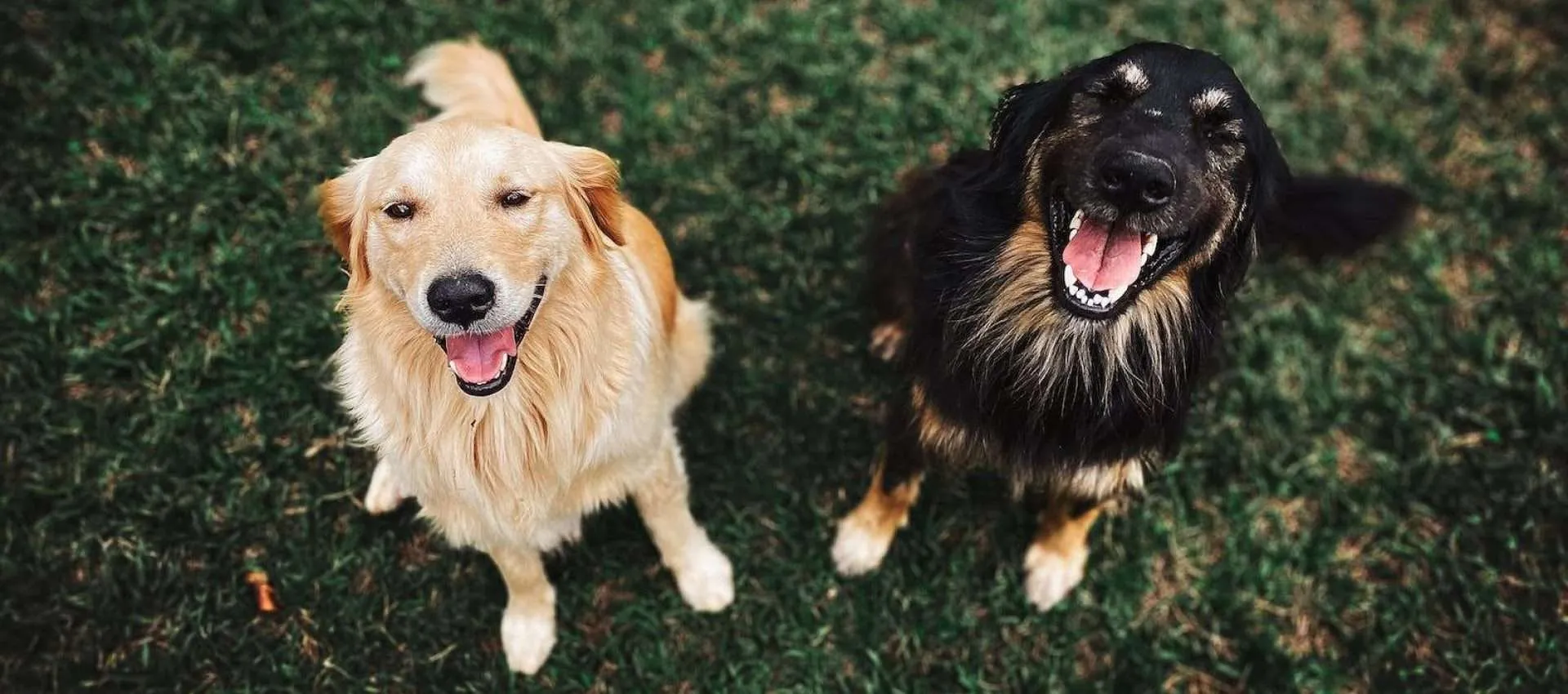Dive into a world of comprehensive breed guides, expert care tips, and engaging community stories, tailored for dog enthusiasts of all levels. Join us and unleash a deeper bond with your furry friend today!
Start by checking out our most recent blog posts:
- Why the Greenland Dog is the Perfect Companion for Outdoor Enthusiasts
- Understanding the Temperament of the Greenland Dog Breed
- Top Health Tips for Keeping Your Greenland Dog Happy
- Tips for Socializing Your Greenland Dog with Other Pets
- The Ultimate Guide to Training Your Greenland Dog
- The Importance of Exercise for Your Greenland Dog
- The History and Origins of the Greenland Dog Breed
- The Best Toys and Treats for Your Greenland Dog
- How to Choose the Right Food for Your Greenland Dog
- Grooming Essentials for Your Greenland Dog
- Creating a Safe and Comfortable Environment for Your Greenland Dog
- Common Health Issues in Greenland Dogs and How to Prevent Them
- 10 Things Every New Greenland Dog Owner Should Know
- 10 Fun Activities to Do with Your Greenland Dog
- 7 Common Mistakes New Greenland Dog Owners Make
- Xiasi Dogs: A Perfect Companion for Active Individuals
- Xiasi Dogs: Are They Good with Children?
- Xiasi Dogs: An Ideal Choice for First-Time Dog Owners
- Xiasi Dogs: A Perfect Family Pet
- Xiasi Dogs: The Perfect Guard Dogs for Your Home
